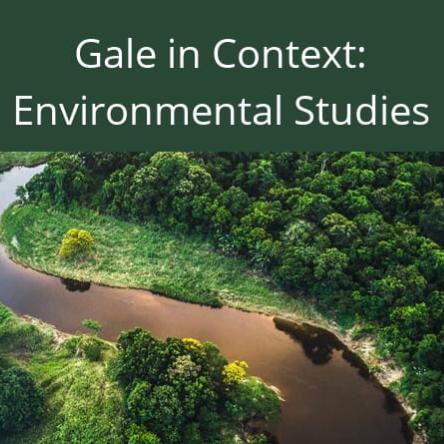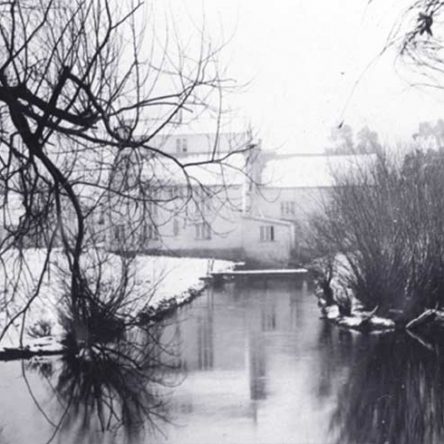Weather
This page has information about local weather and other weather resources.
Local weather
Canterbury is on average cooler than the rest of New Zealand with below zero temperatures common in winter and occasional snow falls.
In spring and summer airflow over the Southern Alps causes a strong, hot, and dry wind known as "the nor'wester" usually along with lenticular clouds known as the "nor'west arch".
Flooding is not uncommon after heavy rainfall as the Canterbury Plains is home to a number of braided rivers, and the Ōtakaro Avon and Ōpawaho Heathcote rivers run through Christchurch city.
Christchurch records over 2000 hours of sunshine a year.
Local weather forecasts for Christchurch city and the Canterbury plains.
New Zealand Geographic
Environmental Studies: Gale in Context
New Zealand Geographic
Environmental Studies: Gale in Context
Useful weather links
- MetService web site shows local and national weather as well as skifields weather reports.
- Niwa (National Institute of Water and Atmospheric Research) information on New Zealand’s climate includes maps, research, seasonal outlooks.
- Science education for children with weather games, stories hands-on science activities.
- Know before you go - weather Links to specific weather reports including severe weather warnings, national parks, mountains and high country and marine forecasts. From Department of Conservation.
- Wet weather and flooding Information from Christchurch City Council about surface flooding in the city, and how to prepare properties in case of forecast flooding.
In the library catalogue
More weather in the catalogue
Extreme weather
Droughts, cyclones, floods, storms and tornadoes in the library catalogue
Cyclones, Hurricanes, Typhoons, and Tornadoes
What is the difference between these different kinds of weather?
A "cyclone" is a system of winds that rotate around a central area of low pressure. Cyclones that start in the North Atlantic, central North Pacific, or eastern North Pacific are called "hurricanes". When they develop over the South Pacific or Indian Ocean the are called "cyclones", and when they form in the North West Pacific they are called "typhoons".
A "tornado" is a twisting column of air that forms from a storm. They also sometimes called "twisters" or "whirlwinds". Tornadoes can have diameters in the hundreds of metres but cyclones are more likely to take up hundreds of kilometres.
Cyclones of all kinds and tornadoes all rotate in a clockwise direction in the southern hemisphere (or anti-clockwise in the northern hemisphere).








